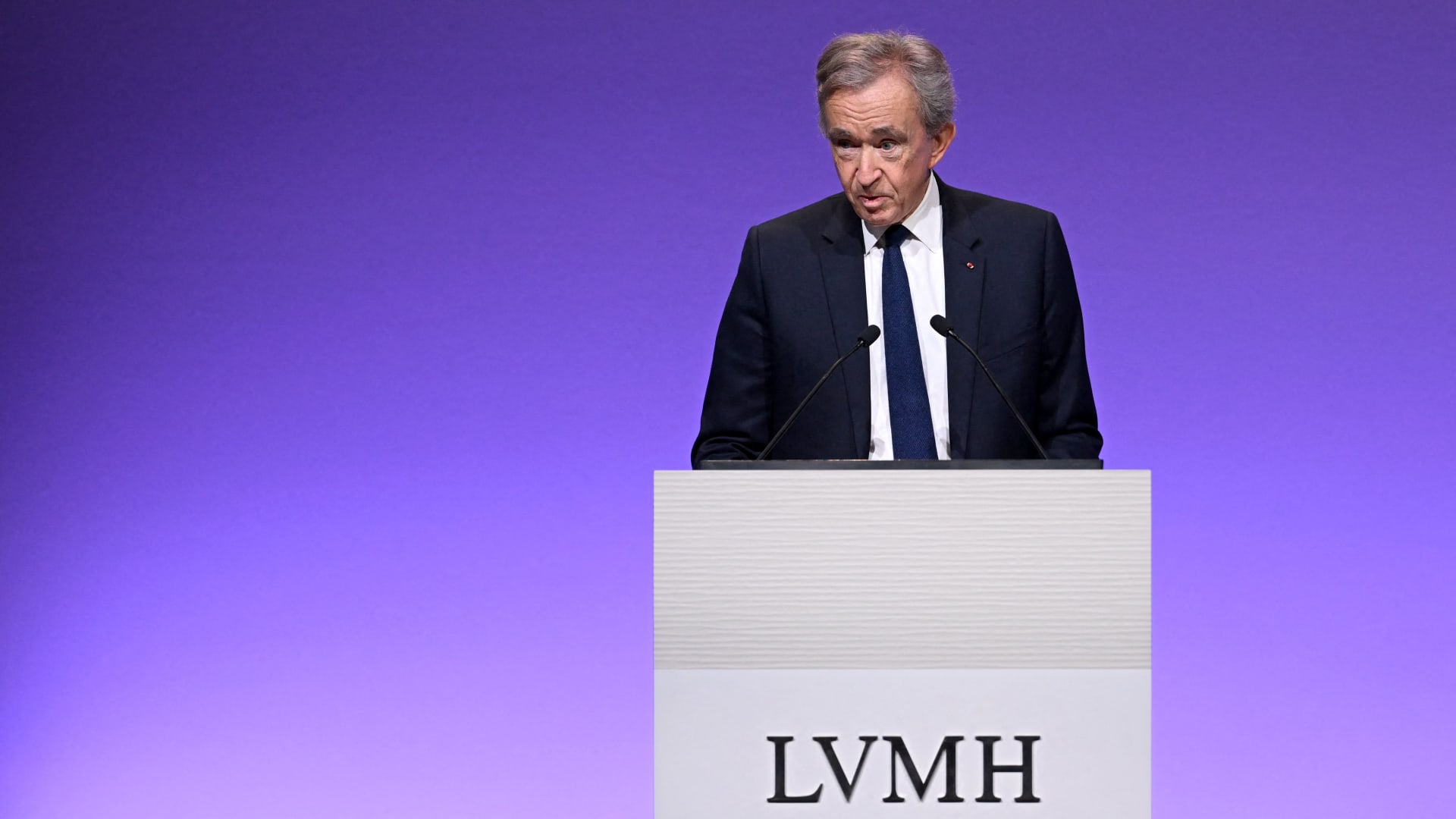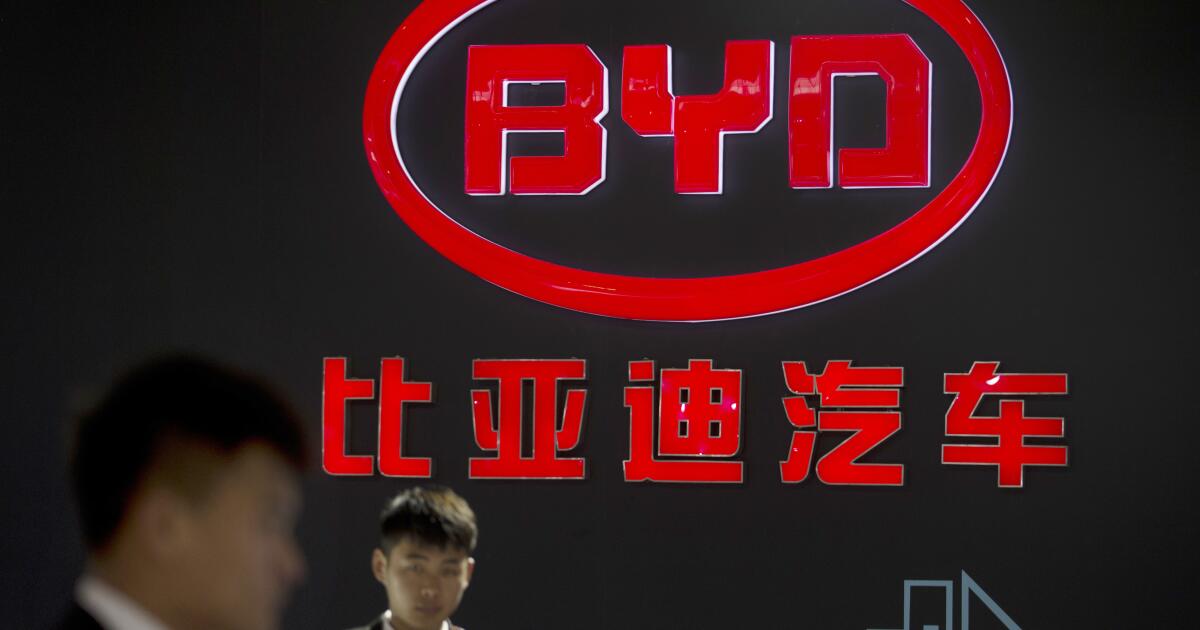Growth of Ethereum (ETH) Layer 2 Networks is Crucial – Here’s Why
U.Today – As transaction activities are increasingly shifting to Layer 2 (L2) networks, the ecosystem is gearing up for a possible new bull run, which could be predominantly led by these L2 platforms like Arbitrum and Optimism. The surge in transactions, which have increased a staggering 90x since 2021, paints a clear picture: the next wave of decentralized finance (DeFi), non-fungible tokens (NFTs), and meme coins is likely to have its roots in these scalable networks. .
Ethereum’s mainnet layer has faced significant challenges in scaling to meet the demands of its growing user base and field of applications. High gas rates and network congestion have highlighted the limitations of current infrastructure, making the need for efficient L2 solutions more urgent than ever. These L2 networks are designed to ease the load on the main network, offering faster transactions and lower fees, making them an attractive alternative for developers.
graph of This shift towards L2 networks not only represents a stopgap solution, but is becoming an integral part of Ethereum’s future. It is reasonable to expect that the initial signs of a rebound within the Ethereum ecosystem will emerge on these scalable platforms. They will become the breeding ground for innovation and the reference space for new projects in DeFi, NFT and more.
The new roadmap, outlined by Vitalik Buterin, underlines this transition. Key roadmap updates include solidifying single-slot purpose (SSF) in post-merger proof-of-stake (PoS) enhancements, which aim to improve network efficiency and security. Buterin has also highlighted the importance of cross-standards and interoperability as areas requiring long-term development. This would enable seamless communication and transaction execution between different L2 solutions, fostering ecosystem composability.
Other developments, such as the redesign of The Scourge, the closer preparation of Verkle trees for inclusion, and the reduction of the “status expiration” to reflect a broader consensus, show a commitment to continuous improvement. Additions like deep cryptography, including obfuscation and delayed encrypted mempools, suggest a forward-thinking approach to security and privacy within the network.
This article was originally published on U.Today.









